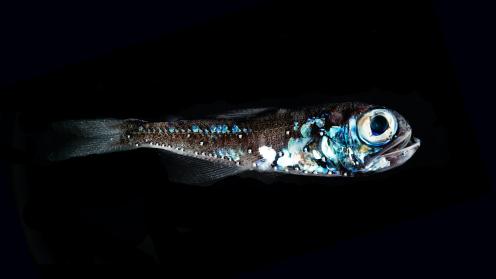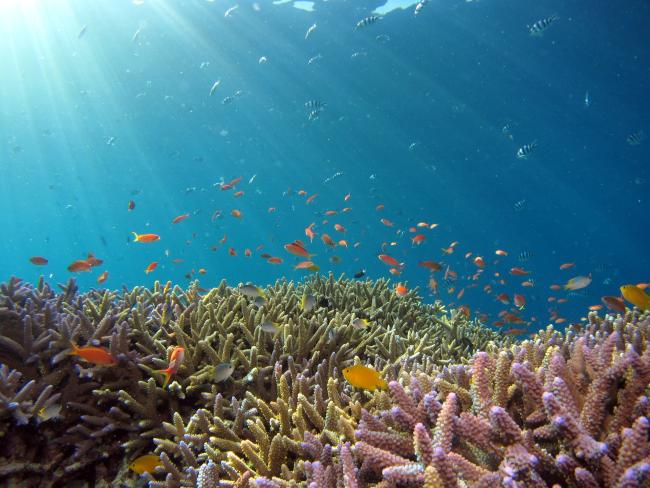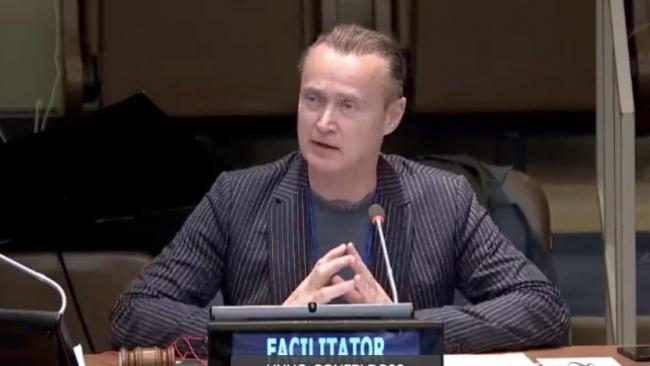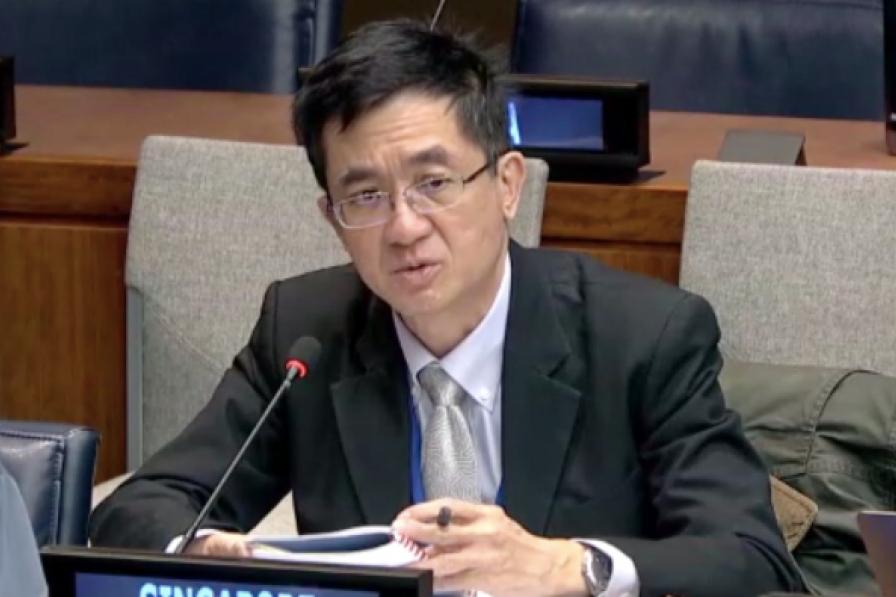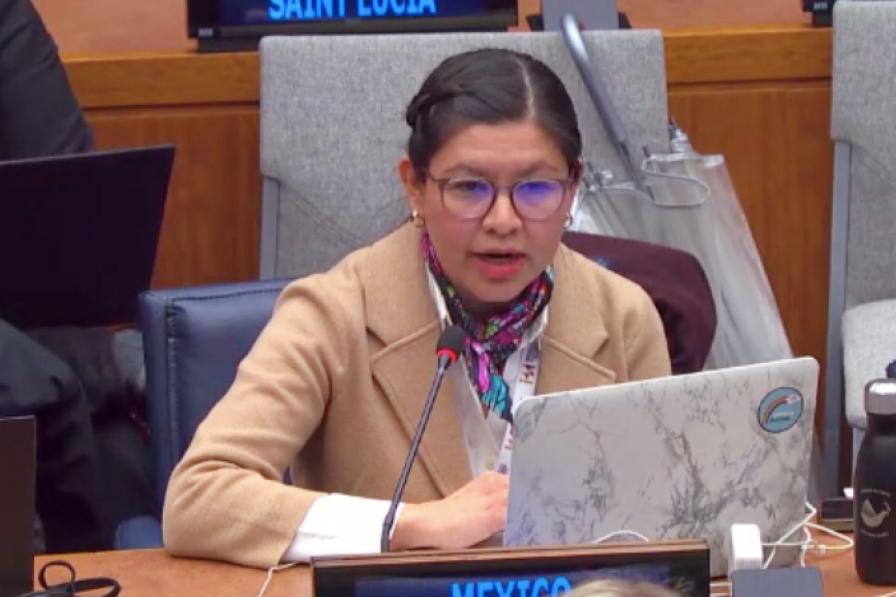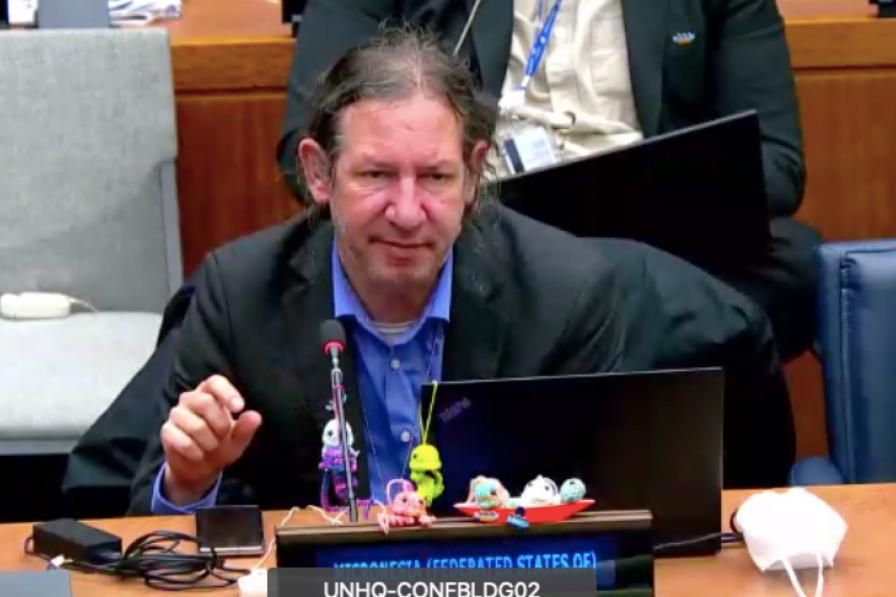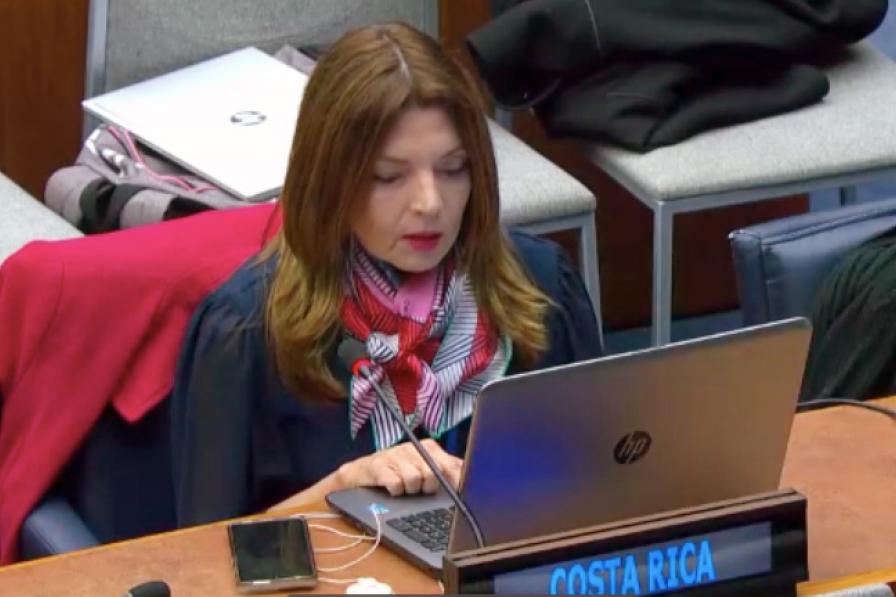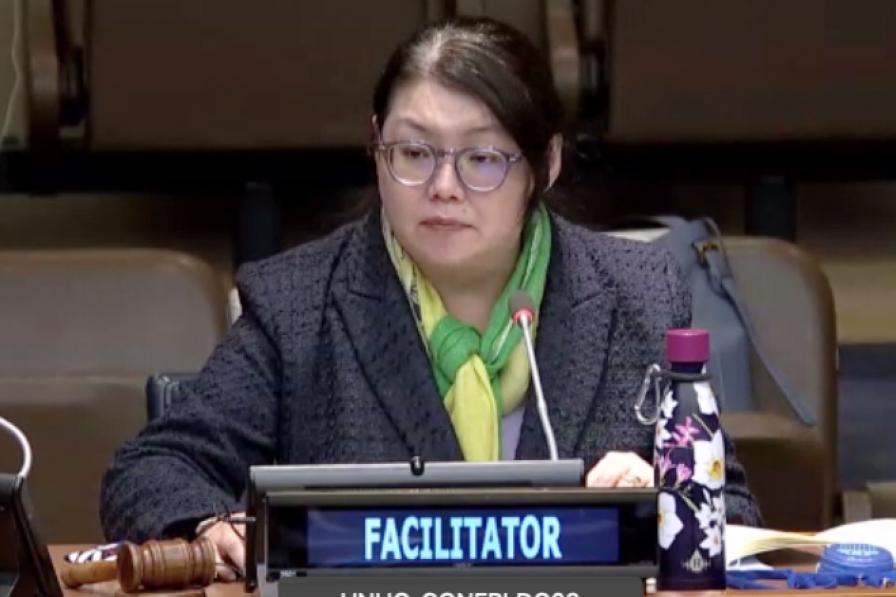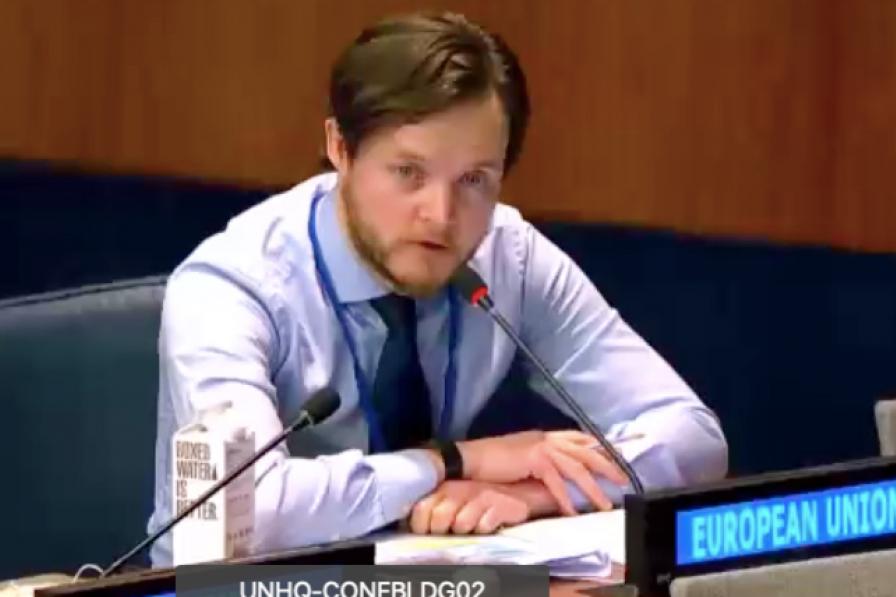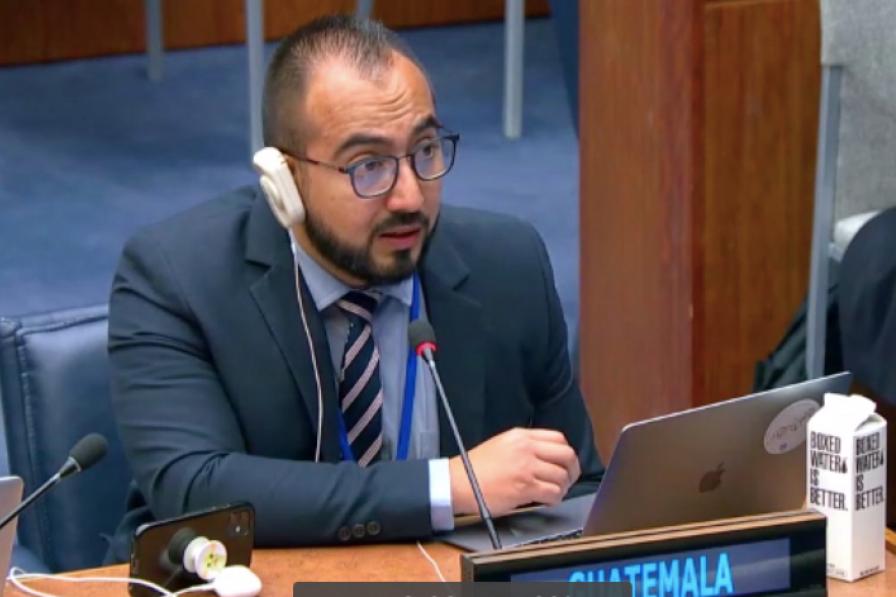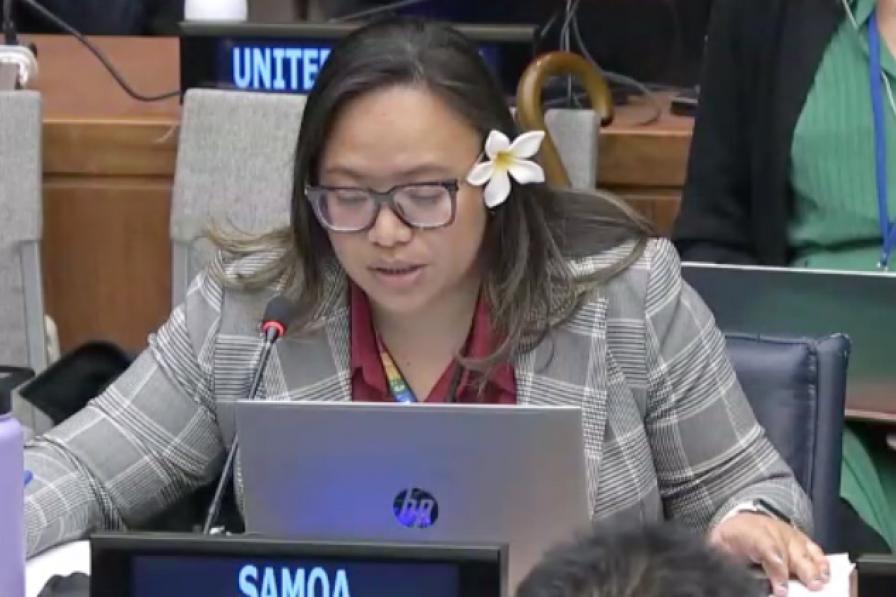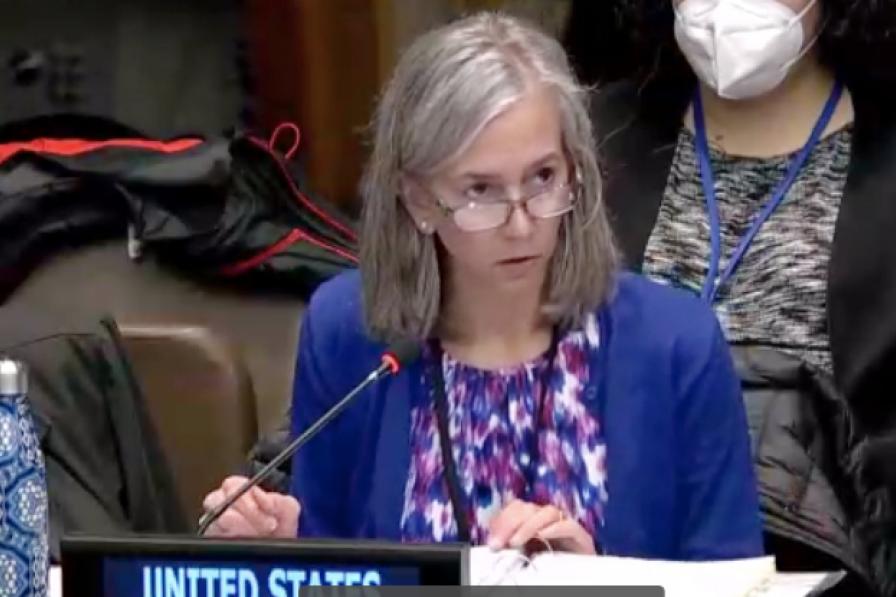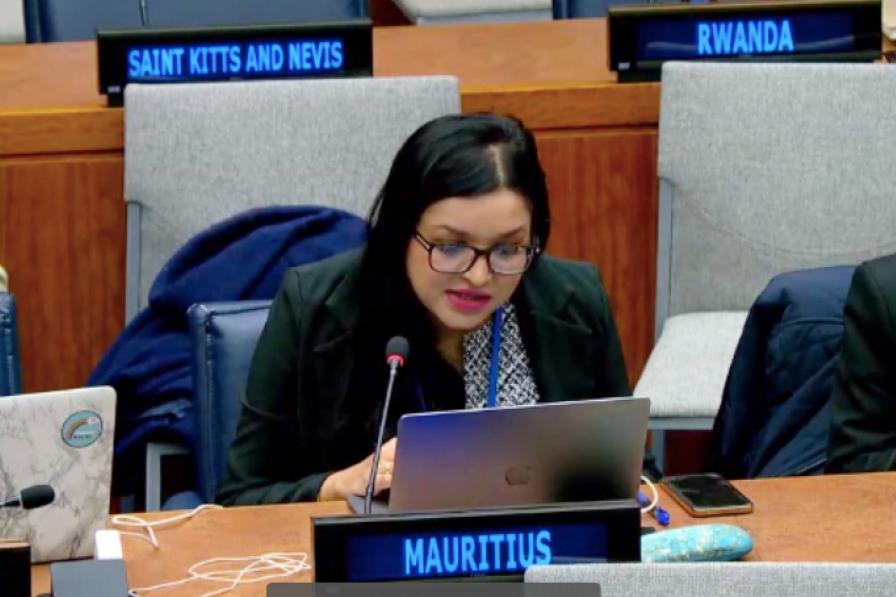The fourth meeting of the intergovernmental conference (IGC-4) on an international legally binding instrument under the United Nations Convention on the Law of the Sea on the conservation and sustainable use of marine biological diversity of areas beyond national jurisdiction (BBNJ) continued on Thursday, 17 March 2022. Delegates concluded discussions on environmental impact assessments (EIAs) and addressed the section of the draft text related to definitions. Facilitated by René Lefeber (the Netherlands), delegates addressed specific elements related to EIAs including, inter alia:
- Monitoring, reporting, and review, contained in three separate draft articles;
- Relationship between the BBNJ instrument and EIA processes under other relevant legal instruments, frameworks and bodies; and
- Strategic environmental assessments.
With the end of the meeting in sight, some delegations pleaded with colleagues to address themselves to proposals already in the ether on the EIA text. In their discussions on the relationship between the instrument and other bodies conducting EIAs, some were adamant that the new BBNJ instrument would not have the authority to prescribe any measures on other instruments or bodies, hearkening back to the “parent” or “sibling” understanding of the (non) hierarchy between this instrument and others already on the playground. Others, however, were excited at the chance to establish some global minimum standards, noting that all entities would be free to apply more stringent measures in the conduct of their EIAs. This is not new, as one delegate shared, “the World Health Organization does this all the time,” highlighting that national health standards are usually much higher than the minimum standards set by the WHO. “The clue is in the name,” one participant quipped, underlining the word ‘minimum.’
In their brief but detailed discussions on a few definitions of key issues, delegates sometimes found themselves back in the never-ending loop of definitions affecting substance, and substance affecting definitions, with one delegate wryly stating that, “we will have to repeat this process yet again through different iterations of the text.” Another shared that, “until we have more certainty on the substance, we will not break this loop.”
On Thursday, delegates displayed a new and growing appetite to take up proposals from their colleagues, with two joint proposals stealing the stage: one related to a new understanding on how to address EIAs, and the other on how best to deal with disputes of a technical nature. For many, rallying around these proposals proved the importance of working in real time, in-person, together. “We did a lot during the intersessional period, but working together like this is so much more productive!” exclaimed one participant at the end of the day.
On Friday, 18 March 2022, delegations are expected to tie up any lose ends related to consensus-building small-group discussions, adopt the report of the conference and agree on the next steps for the process.
To receive free coverage of global environmental events delivered to your inbox, subscribe to the ENB Update newsletter.
